40 bloodborne pathogens signs and labels
Occupational Exposure to Bloodborne Pathogens;Needlestick and ... Jan 18, 2001 · § 1910.1030 Bloodborne pathogens. * * * * * (b) * * * Engineering controls means controls (e.g., sharps disposal containers, self-sheathing needles, safer medical devices, such as sharps with engineered sharps injury protections and needleless systems) that isolate or remove the bloodborne pathogens hazard from the workplace. * * * * * California Code of Regulations, Title 8, Section 5193 ... (E) Employees responsible for direct patient care. In addition to complying with subsections (c)(1)(B)6. and (c)(1)(B)8., the employer shall solicit input from non-managerial employees responsible for direct patient care who are potentially exposed to injuries from contaminated sharps in the identification, evaluation, and selection of effective engineering and work practice controls, and ...
Bloodborne Pathogens - Occupational Safety and Health ... Bloodborne Pathogens Bloodborne pathogens are microorganisms that are transmitted through the bloodstream. The viruses that cause Hepatitis B Virus (HBV) and Human Immuno-deficiency Virus (HIV) are two examples of bloodborne pathogens. For a bloodborne pathogen to be spread, the bodily fluids of an infected person must enter into the
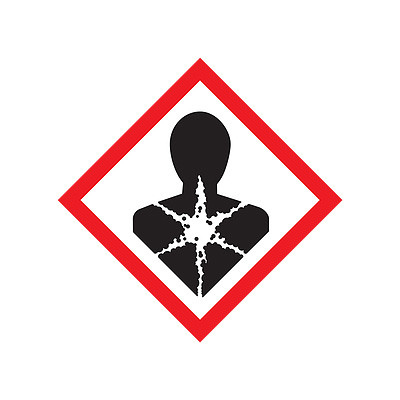
Bloodborne pathogens signs and labels
1910 | Occupational Safety and Health Administration 1910.1201 - Retention of DOT markings, placards and labels. 1910.1450 - Occupational exposure to hazardous chemicals in laboratories. 1910.1450 App A - National Research Council Recommendations Concerning Chemical Hygiene in Laboratories (Non-Mandatory) 1910.1030 - Bloodborne pathogens. | Occupational Safety and ... (3) Any other procedure involving the potential for occupational exposure to bloodborne pathogens due to percutaneous injuries from contaminated sharps. Occupational Exposure means reasonably anticipated skin, eye, mucous membrane, or parenteral contact with blood or other potentially infectious materials that may result from the performance of ... eCFR :: 29 CFR 1910.1030 -- Bloodborne pathogens. (4) Paragraphs (d)(2) Engineering and Work Practice Controls, (d)(3) Personal Protective Equipment, (d)(4) Housekeeping, (e) HIV and HBV Research Laboratories and Production Facilities, (f) Hepatitis B Vaccination and Post-Exposure Evaluation and Follow-up, and (g)(1) Labels and Signs of this section, shall take effect July 6, 1992.
Bloodborne pathogens signs and labels. OSHA FACTSHEET BLOODBORNE PATHOGENS STANDARD:OSHA FACTSHEET PPE Bloodborne Pathogens Standard All of the requirements of OSHA’s Bloodborne Pathogens standard can be found in Title 29 of the Code of Federal Regulations at 29 CFR 1910.1030. The standard’s requirements state what employ-ers must do to protect workers who are occupa-tionally exposed to blood or other potentially eCFR :: 29 CFR 1910.1030 -- Bloodborne pathogens. (4) Paragraphs (d)(2) Engineering and Work Practice Controls, (d)(3) Personal Protective Equipment, (d)(4) Housekeeping, (e) HIV and HBV Research Laboratories and Production Facilities, (f) Hepatitis B Vaccination and Post-Exposure Evaluation and Follow-up, and (g)(1) Labels and Signs of this section, shall take effect July 6, 1992. 1910.1030 - Bloodborne pathogens. | Occupational Safety and ... (3) Any other procedure involving the potential for occupational exposure to bloodborne pathogens due to percutaneous injuries from contaminated sharps. Occupational Exposure means reasonably anticipated skin, eye, mucous membrane, or parenteral contact with blood or other potentially infectious materials that may result from the performance of ... 1910 | Occupational Safety and Health Administration 1910.1201 - Retention of DOT markings, placards and labels. 1910.1450 - Occupational exposure to hazardous chemicals in laboratories. 1910.1450 App A - National Research Council Recommendations Concerning Chemical Hygiene in Laboratories (Non-Mandatory)

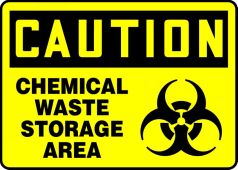


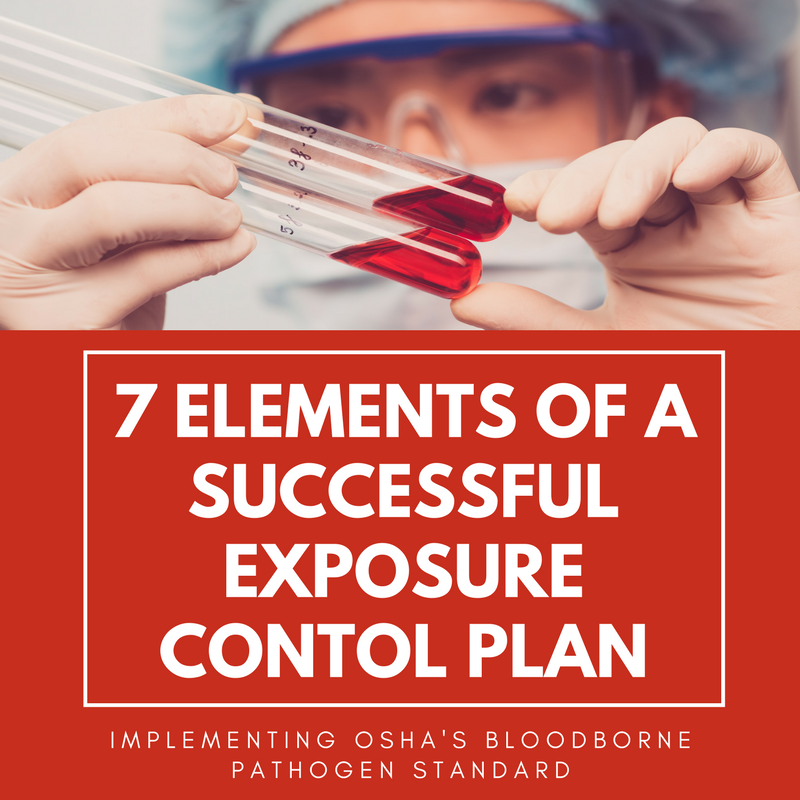
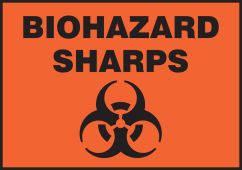
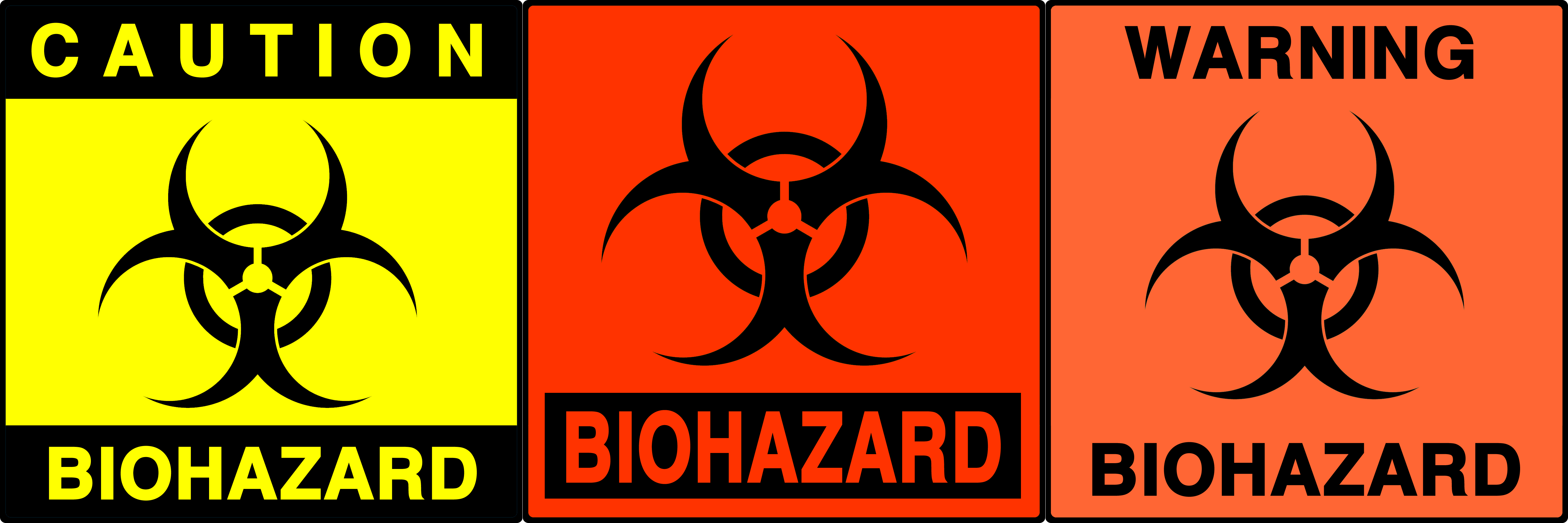
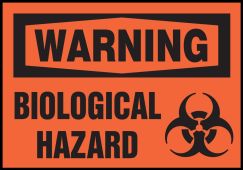
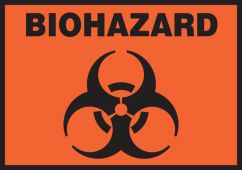




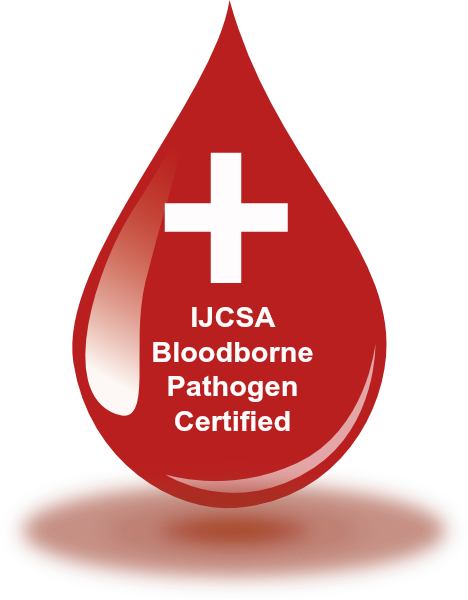

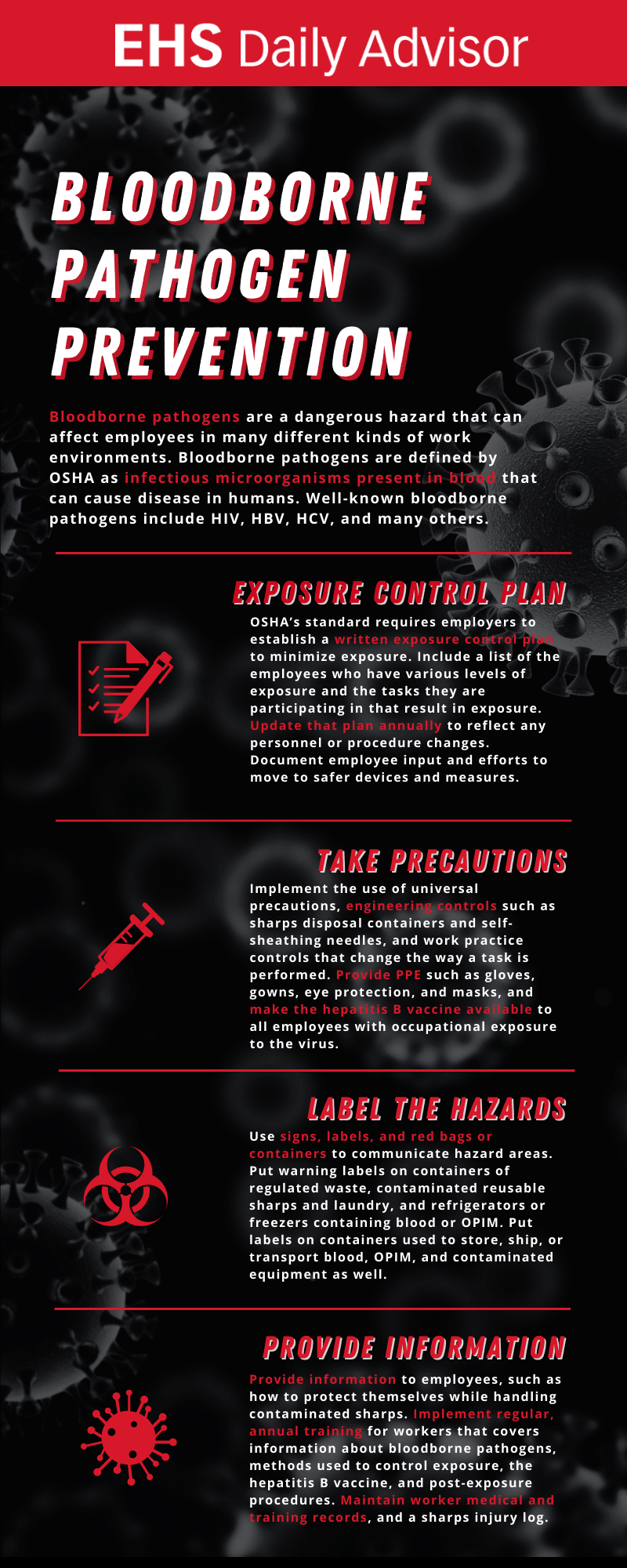

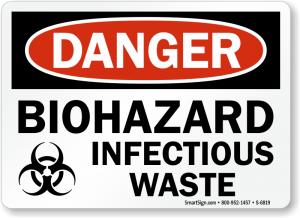






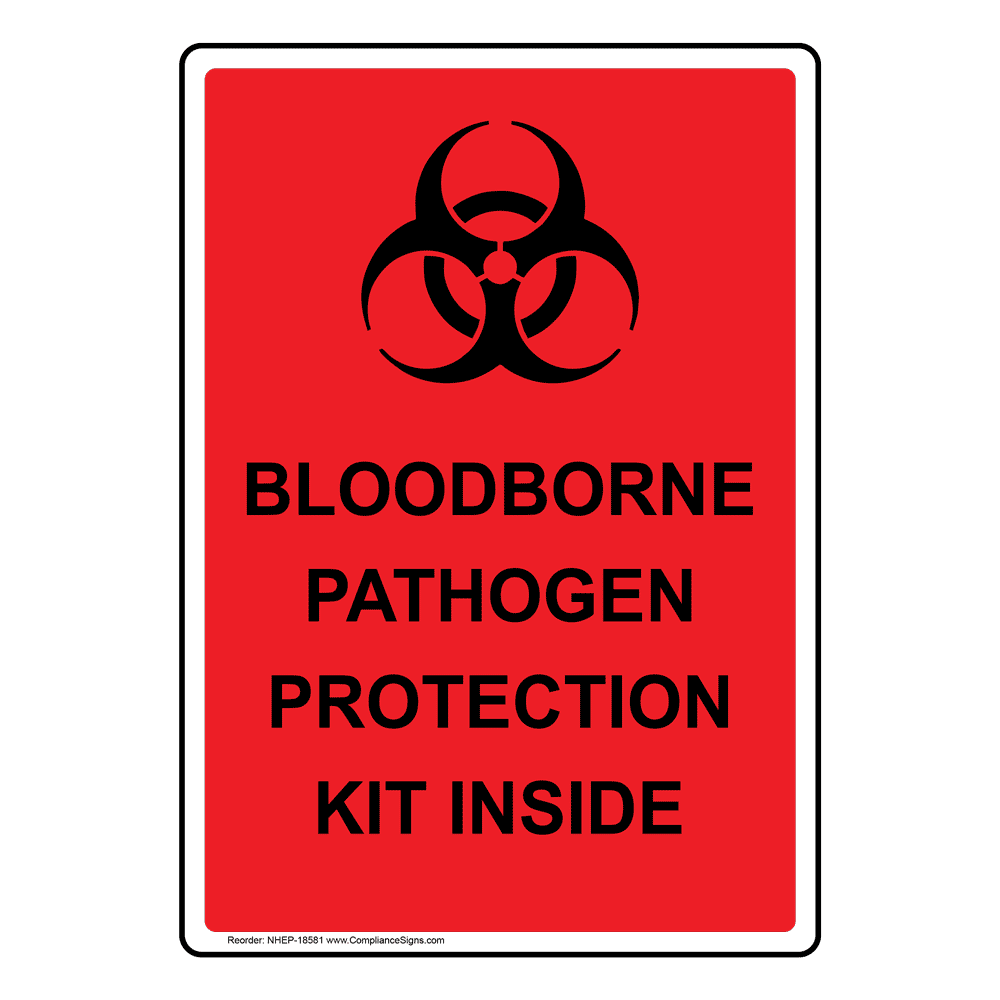
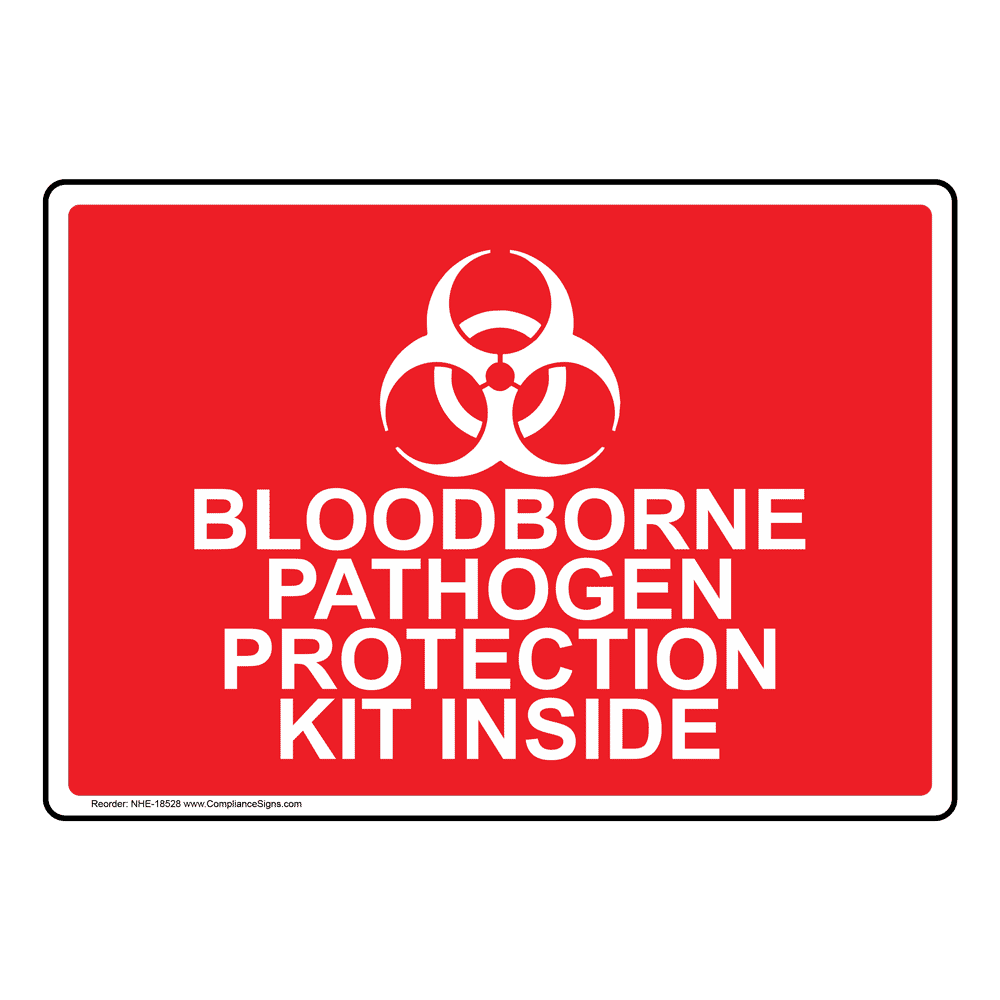

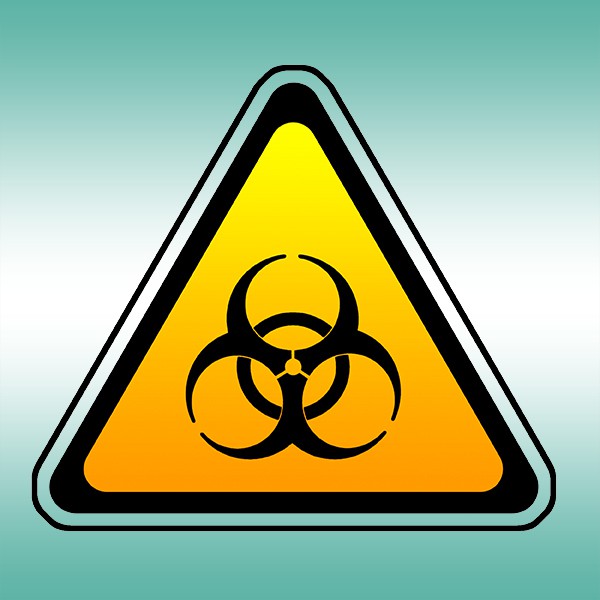
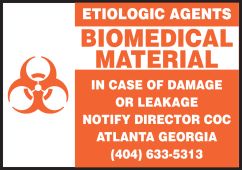
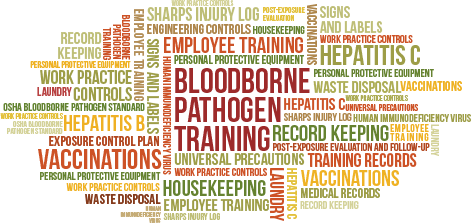
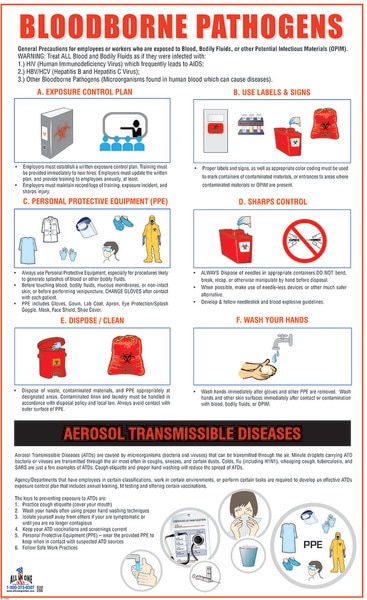


Post a Comment for "40 bloodborne pathogens signs and labels"